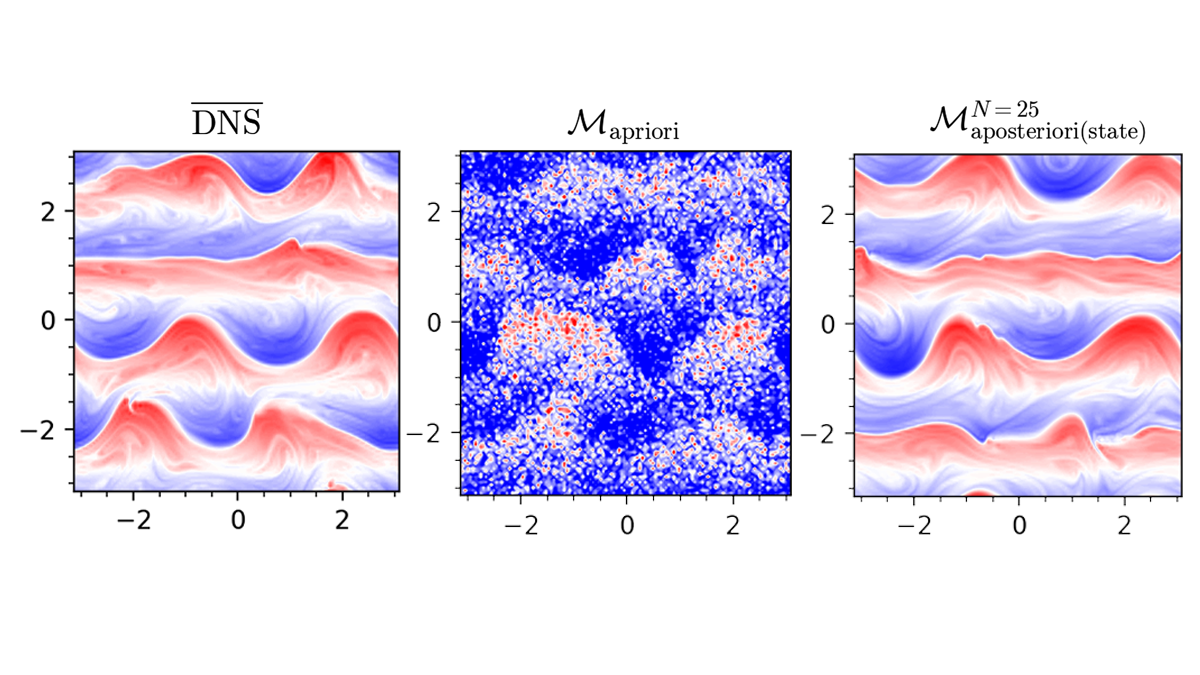Editors’ Highlights are summaries of recent papers by AGU’s journal editors.
Source: Journal of Advances in Modeling Earth Systems
Developing better representations of small-scale processes, known as subgrid-scale parameterization schemes, is critical for improving weather and climate models. Artificial intelligence (AI) algorithms are promising tools for learning such parameterizations from high-fidelity data, e.g., those obtained from high-resolution simulations or even observations. The most common approach, known as “offline’’ or “a priori” learning, involves training a data-driven parameterization in isolation and then coupling it to a climate model. Past studies have found that this approach requires a large amount of training data, or otherwise it leads to data-driven parameterizations that de-stabilize the climate models even in simple settings.
The alternative is a generally more complicated approach called “online” or “a posteriori” learning, in which the data-driven parameterization is trained interactively with the climate model simulation to satisfy prescribed objectives. Frezat et al. [2022] show the advantages of this approach in an idealized model of geophysical turbulence. By going beyond conventional numerical solvers for their model and by using a differentiable solver, they are able to utilize the most powerful training algorithm for their deep neural network within the model. The outcome of their online learning approach is a data-driven parameterization that is substantially better in accuracy and stability than the one learned offline and than the common physics-based schemes.
Comparing variants of offline and online approaches for different processes and in more complex test cases will be critical in the pursuit of better weather and climate models in the coming years. The work by Frezat et al. is an important contribution to these efforts.
Citation: Frezat, H., Le Sommer, J., Fablet, R., Balarac, G., & Lguensat, R. (2022). A posteriori learning for quasi-geostrophic turbulence parametrization. Journal of Advances in Modeling Earth Systems, 14, e2022MS003124. https://doi.org/10.1029/2022MS003124
—Pedram Hassanzadeh, Associate Editor, JAMES; and Stephen M. Griffies, Editor in Chief, JAMES

